Sustainability Check: What is Sustainable Fashion Really?
At the Fashion Zone, we often guide businesses when they get started, to identify and outline the problem they are solving. They could be leading with design or function, but one problem a large portion of our companies is attempting to solve, or it is at least integral to their mission and purpose, is sustainability.
In Sustainability Check, we answer your biggest sustainable fashion questions, and give you a few examples of some of the best of sustainable Canadian fashion.
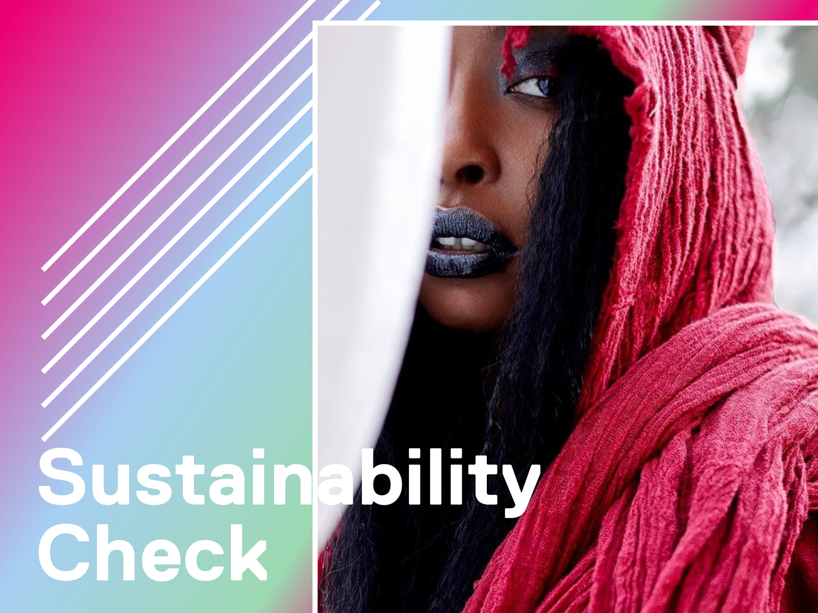
Sustainability in the fashion industry is no small feat. The average number of days that a garment has been worn has gone from close to 200 in 2003, down to around 125 by 2016 ( (PDF file) reference (external link) ). Fast fashion has been getting faster. It’s also growing. Going from $1.3 trillion in 2015 to $1.5 trillion in 2020 in global apparel market size (external link) . That’s 56 million tonnes (external link) of clothing bought each year, globally. The average Canadian sends 37 kg of textiles (external link) to landfill every year.
All this consumption is not without impact. In a finite planet, there is no room for infinite growth. That’s unsustainable.
But what is sustainability? Sustainability, at its core, is a balancing of social, environmental and economic viability, likened to a three-legged stool: if unbalanced in any of the three components or a leg is missing outright, it cannot be considered sustainable, since the stool won’t function as it should.
What is sustainable fashion? Sustainable fashion is both a movement and a process in producing, transporting and utilizing goods with a net positive carbon, economic, environmental and social footprint. Instead of picturing a stool, picture a web, with each pillar representing an anchoring thread. The more anchors, the greater the strength, or sustainability of a fashion system.
According to HBR, a sustainable business is an enterprise that has minimal negative impact or potentially a positive effect on the global or local environment, community, society, or economy. It’s an innovation, a disruption of the traditional business model that aims to create value for shareholders, often at the expense of other stakeholders. The innovation here with sustainable businesses, is a redefinition of the corporate ecosystem by designing business models that create value for all stakeholders, including employees, shareholders, supply chains, civil society, and the planet.
Pillars of a Sustainabile Fashion System
These are our pillars adaption from a McKinsey & Co report (external link) .
Upstream
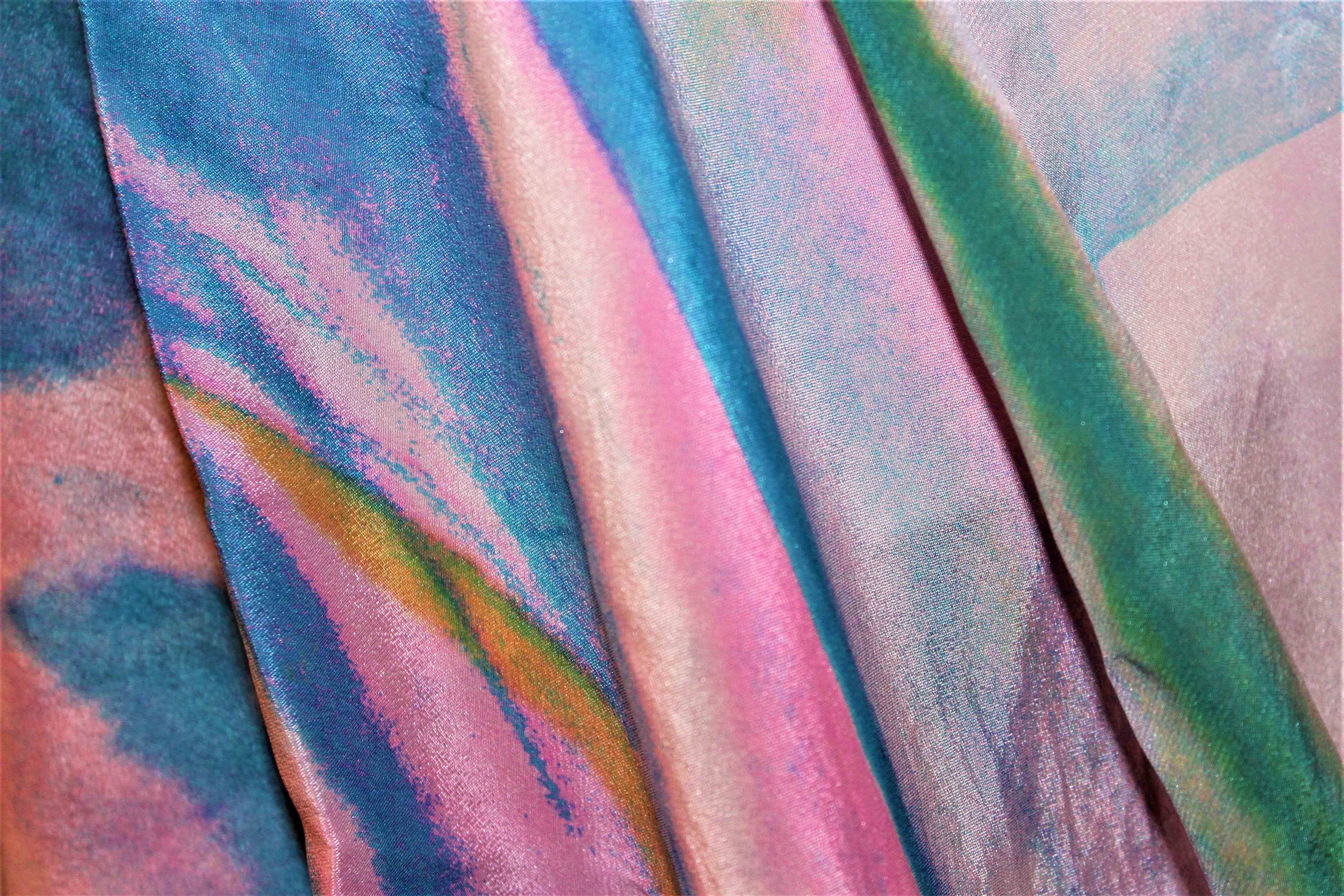
- materials innovations
- changes in material production and material processing (eco textile printing process, clean or waterless dyes, less waste in garment making)
- supply chain transparency
- social impact/fair trade
- supply chain innovation
- reshoring
Brand Activities
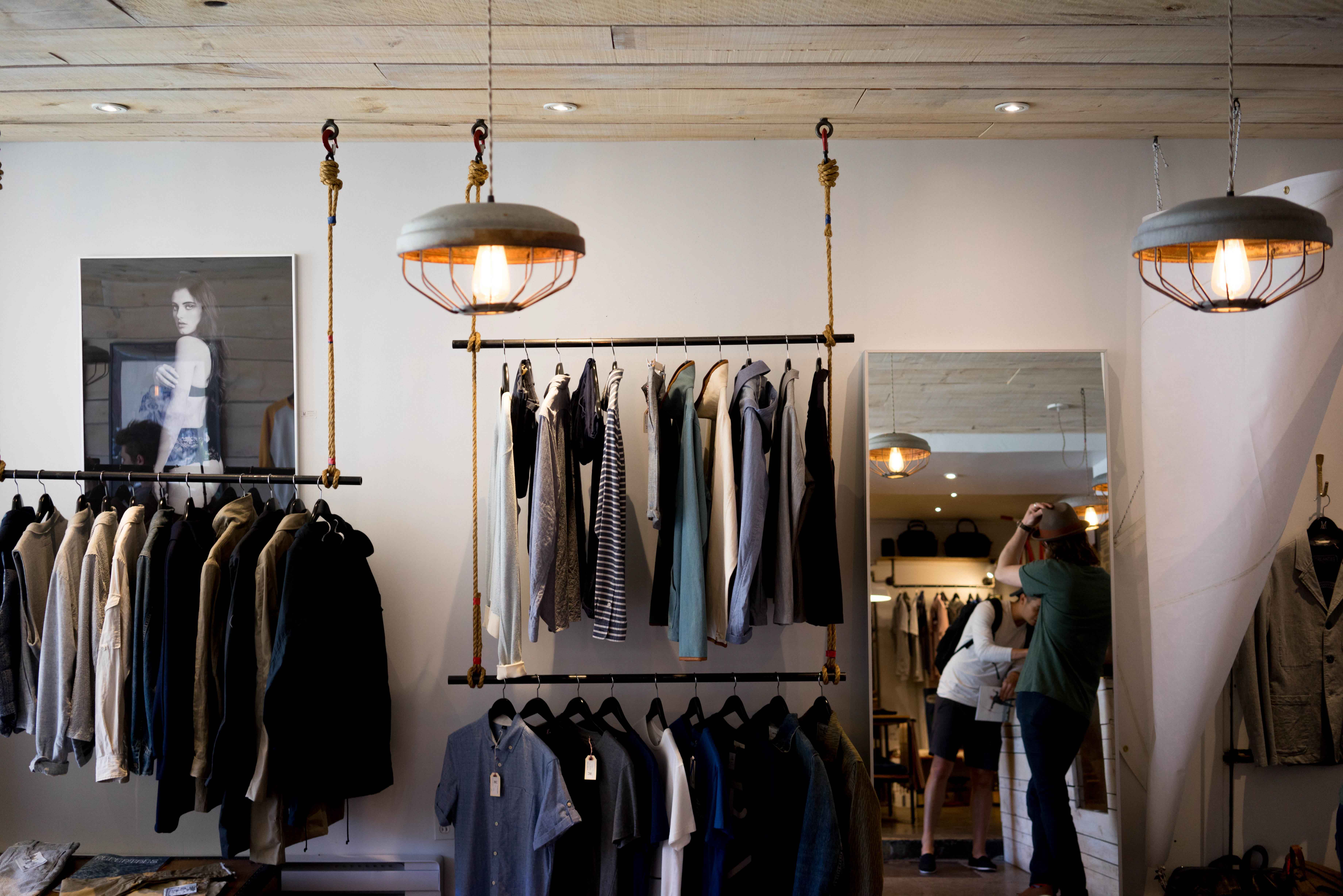
- logistics and packaging
- retail operations (energy efficiency & renewables, green buildings)
- minimizing returns
- smaller orders/made to order (reducing overproduction)
End Use
- circular business models (such as resale, rental and refurbishment) but also including end of life products re-entering the supply chain instead of being land-filled
- reducing returns
- recycling fabric (for input into upstream)
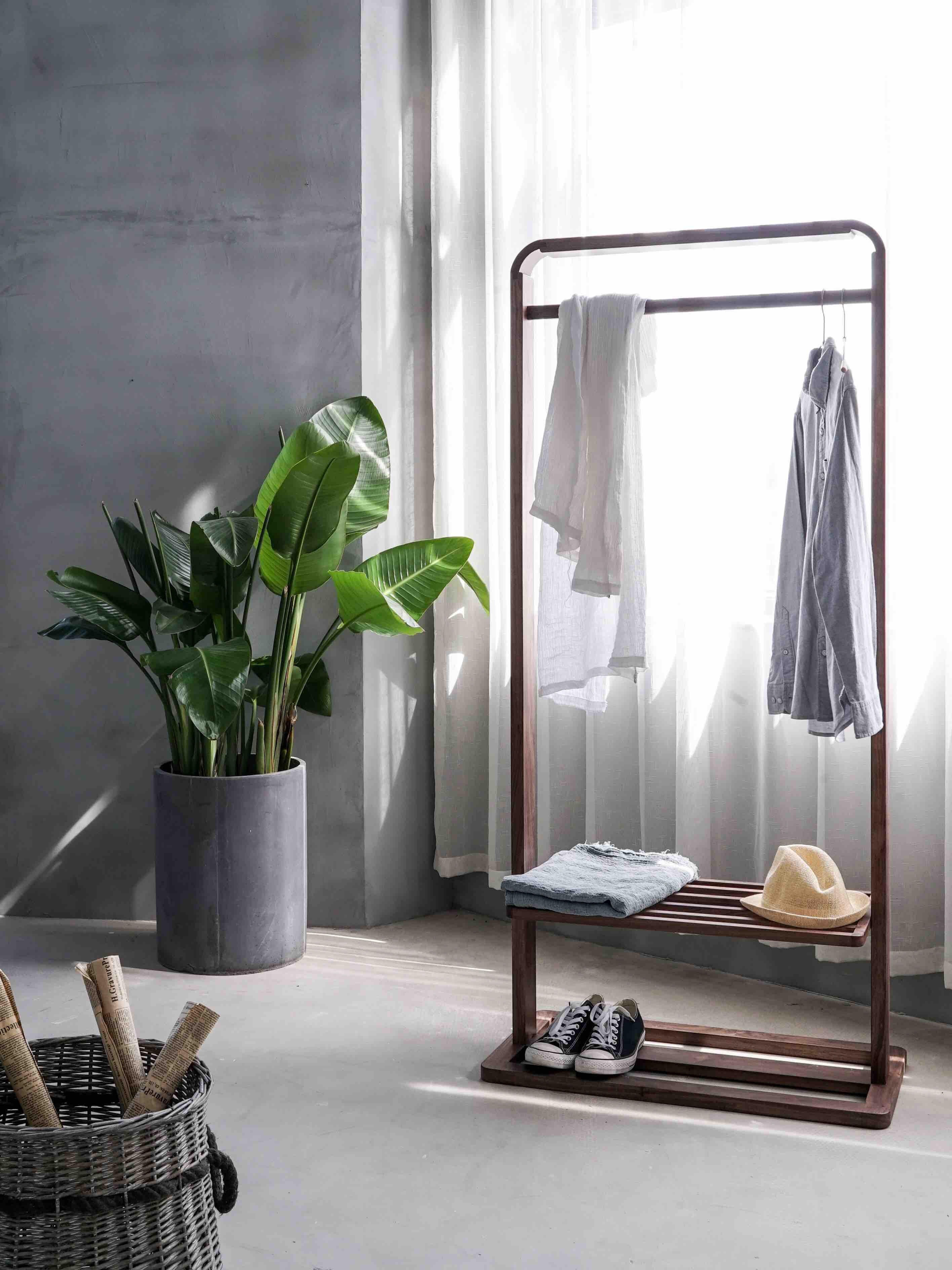
Movement towards a sustainable fashion system occurs across a spectrum, from improving resource efficiency - doing what the conventional fashion industry currently does but with more efficiency and less negative impact -- to, at the other end of the spectrum, a fundamental revisioning of the fashion industry. The fashion industry is dominated by business models featuring perpetual growth, replacing product repeatedly, which is at odds with what sustainability really entails.
Business models that are based upon selling ever more products are not necessarily sustainable even if those products are designed and made with social and environmental concerns at the forefront. What they are, though, are important steps in the right direction.
The fashion industry is being disrupted on many fronts. It's a beast that carries its own momentum. It takes a lot of actors, and a lot of time to change direction, tie off those waste streams and fold the industry into a circular economy model. The key takeaway here is when developing a sustainable brand, acknowledge that we are operating in an imperfect system with a momentum of its own. You have to start somewhere, anywhere. The more negative impact prevented or net positive impact produced, and at more and more stages during a garment’s life-cycle, the more impact will that stretch back across the supply chain.
Sustainable Fashion Showcase
Here are some examples of our favourite Canadian sustainable fashion businesses (and yes they are all members of the Fashion Zone)!
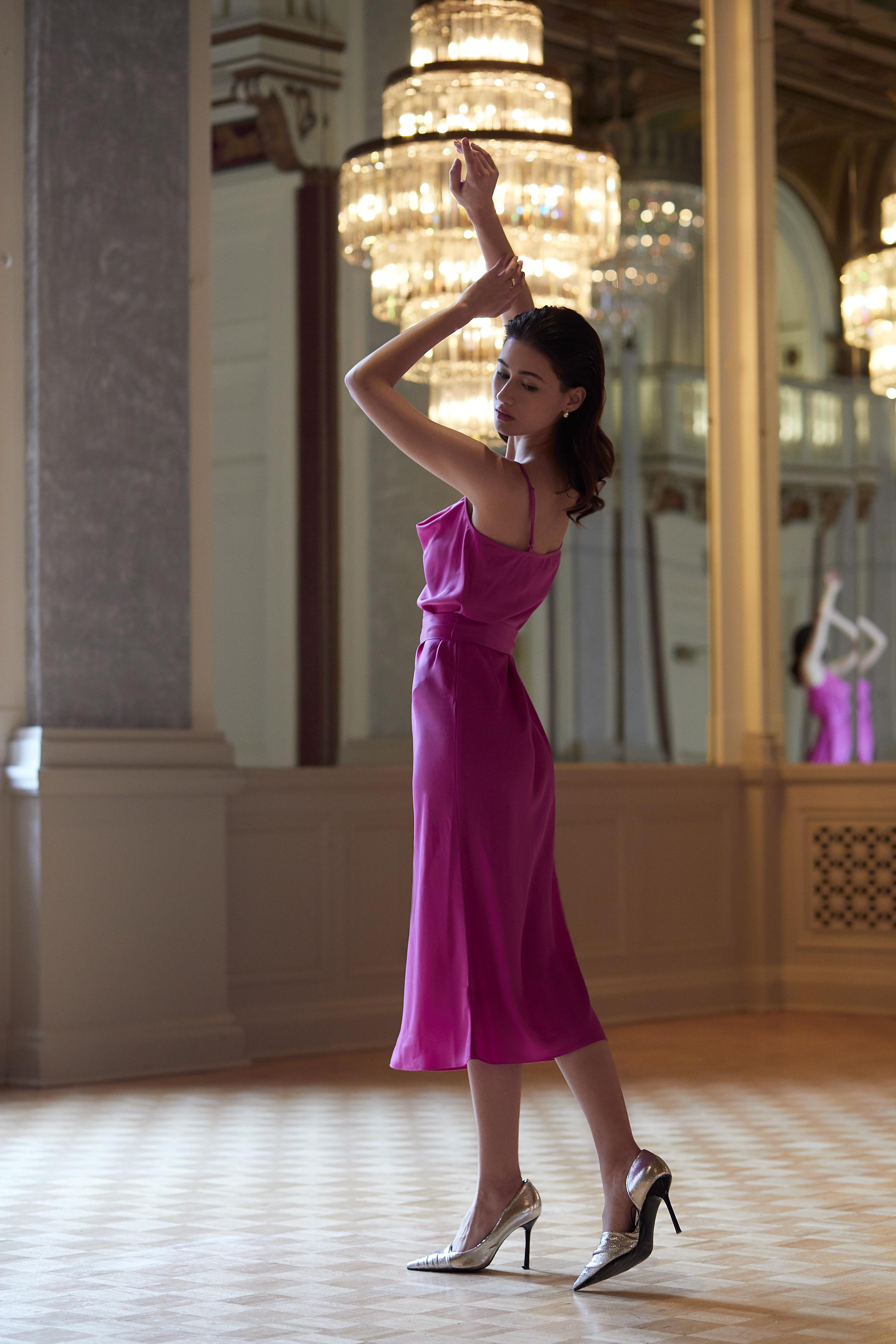
Sprout (external link) is a clothing rental company. Utilizing a disruptive business model, Sprout turns the clothing ownership model on its head, driving sustainability through enabling more wears per garment.
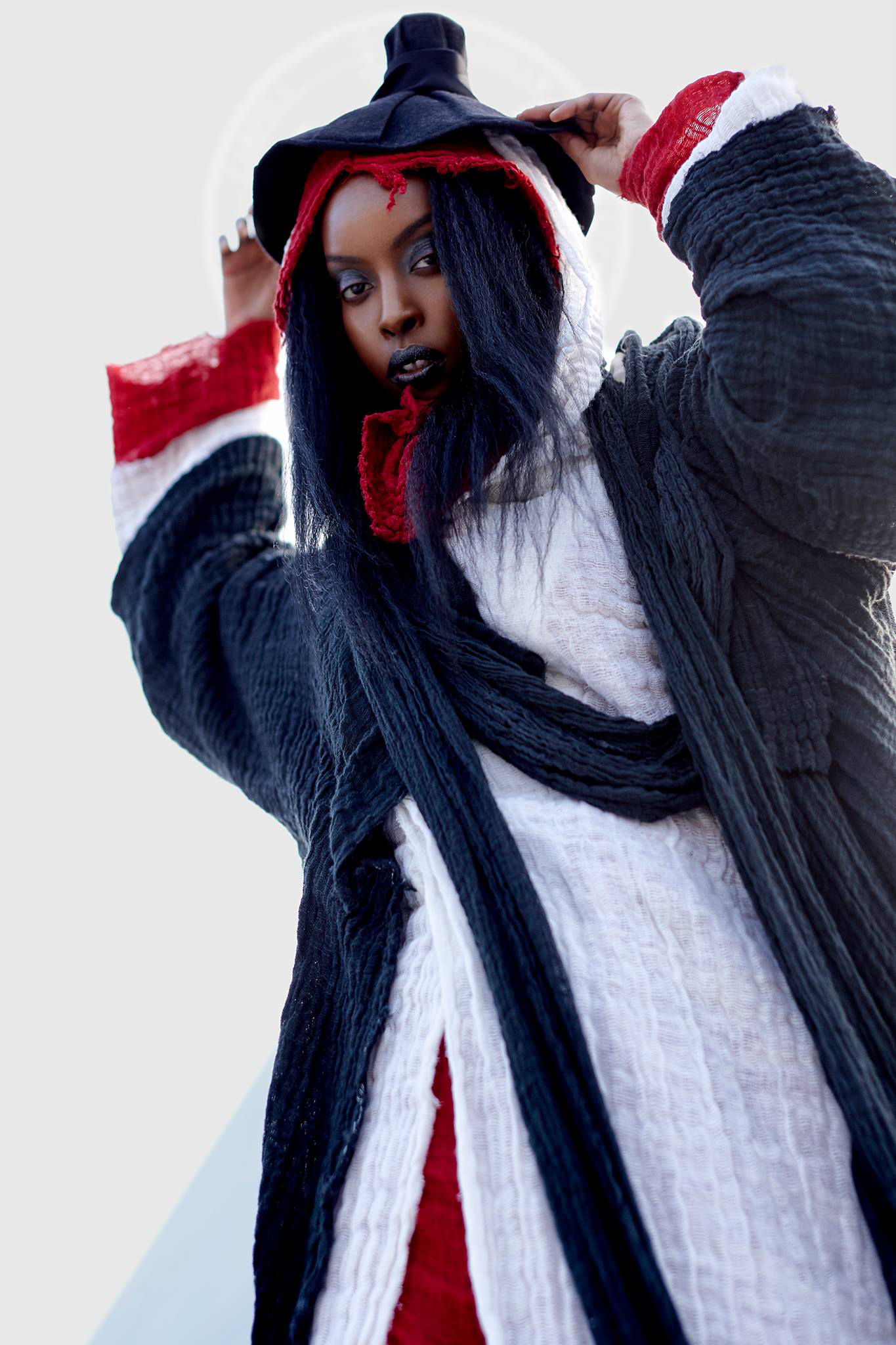
Annafora (external link) is a luxury design company utilizing organic Ethiopian cotton and fairly made avant-garde and timeless pieces.
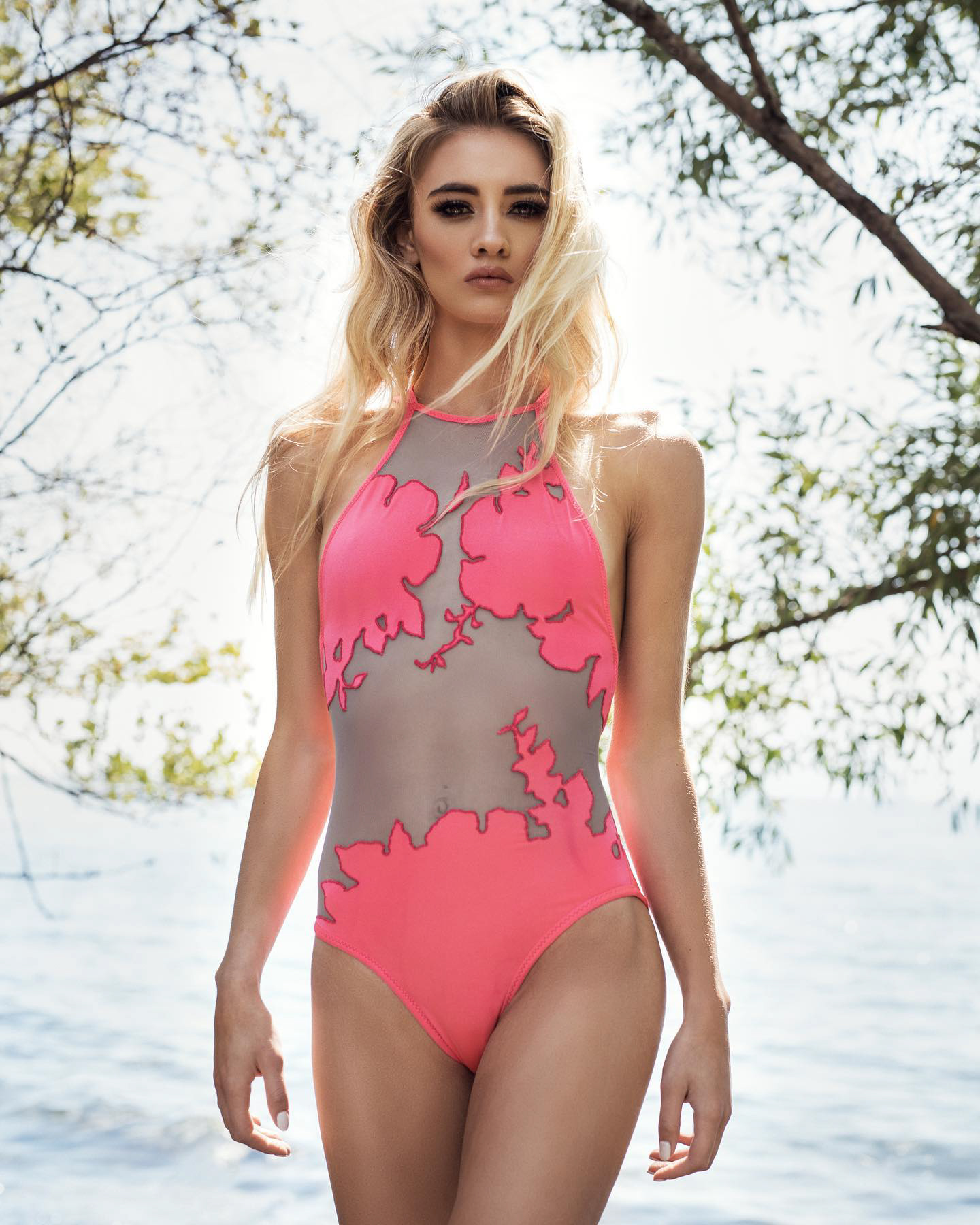
Archipelago Swim (external link) creates sexy, unique, and design inspired swimwear made in Canada from recycled materials.
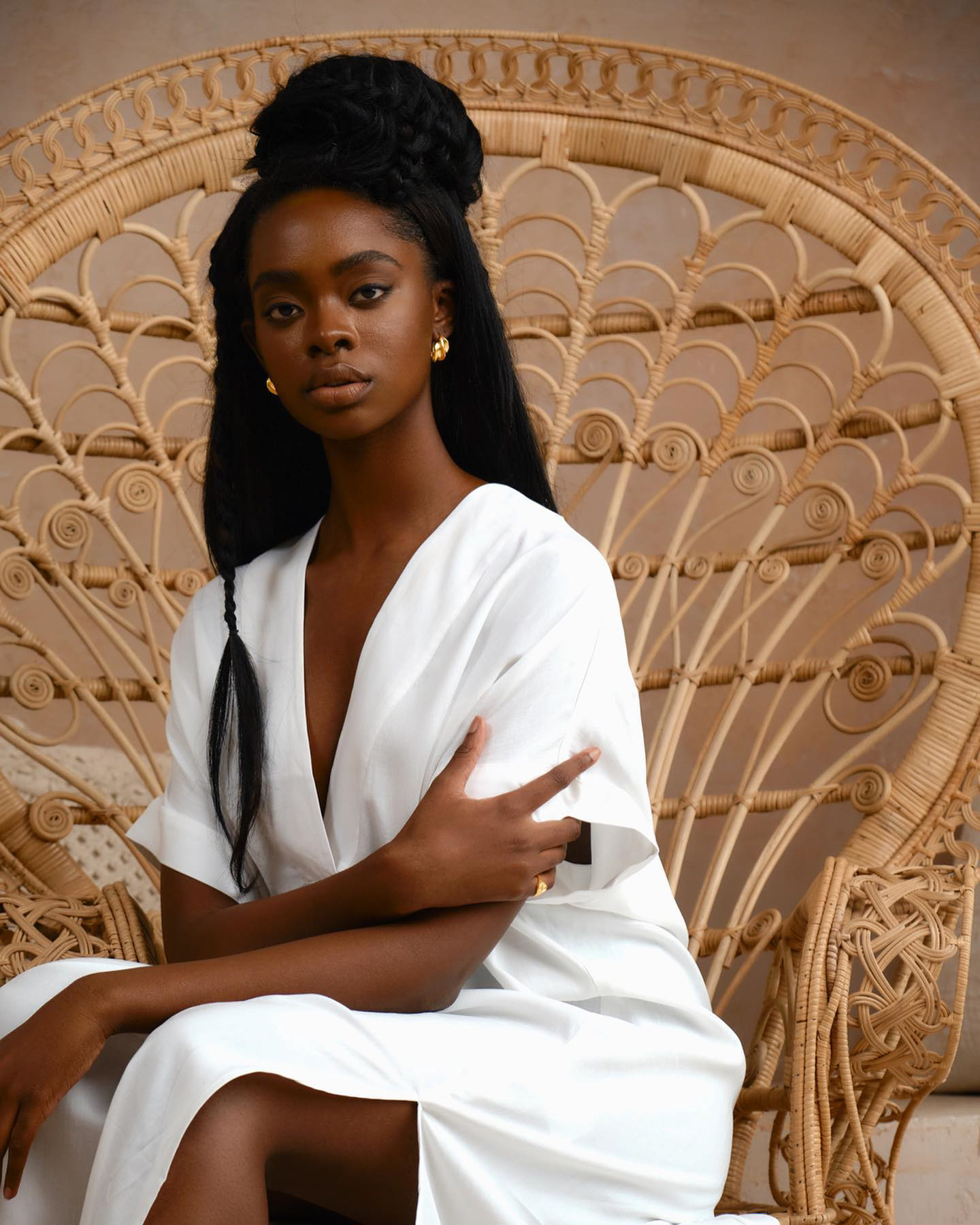
Omi Woods (external link) jewelry are contemporary heirlooms that are ethically and individually handcrafted with fine metals, gemstones and conflict-free gold.